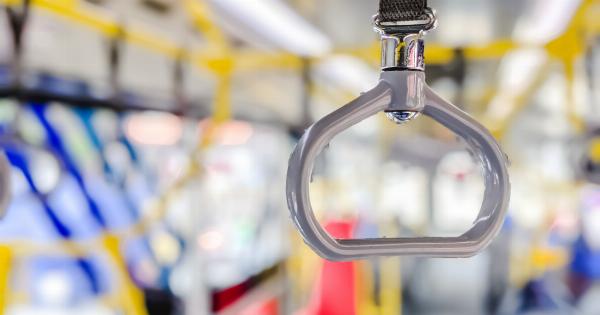Pelvic pain is a common issue that affects older men, often impacting their overall quality of life. Many factors can contribute to pelvic pain, including hormonal imbalances.
Testosterone, the primary male sex hormone, plays a crucial role in various bodily functions, including pelvic health.
Understanding Testosterone
Testosterone is a hormone primarily produced in the testicles and is vital for the development of male sexual characteristics. It plays a crucial role in maintaining bone density, muscle mass, red blood cell production, and overall well-being.
Testosterone levels naturally decline as men age, leading to various age-related issues.
Pelvic Pain in Older Men
Pelvic pain refers to discomfort or pain in the lower abdomen, pelvic region, or perineal area. While pelvic pain can have multiple causes, hormonal imbalances, including low testosterone levels, can contribute to its onset and severity.
Causes of Pelvic Pain in Older Men
Several factors can cause pelvic pain in older men, including:.
- Prostatitis: Inflammation of the prostate gland
- Benign Prostatic Hyperplasia (BPH): Enlargement of the prostate gland
- Urinary tract infections (UTIs)
- Pelvic floor muscle dysfunction
- Pelvic nerve damage
- Referred pain from other organs in the pelvis
Testosterone and Pelvic Pain
Testosterone deficiency, commonly known as hypogonadism, can contribute to pelvic pain in older men.
Low testosterone levels can lead to decreased muscle mass, reduced bone density, and weakened pelvic floor muscles, increasing the risk of pelvic pain and discomfort.
Symptoms of Testosterone Deficiency
Some common symptoms of testosterone deficiency include:.
- Fatigue and reduced energy levels
- Erectile dysfunction
- Decreased libido
- Mood changes
- Depression and irritability
- Loss of muscle mass and strength
- Weight gain
Treatment Options
Several treatment options are available for pelvic pain related to testosterone deficiency:.
- Testosterone Replacement Therapy (TRT): This involves replacing testosterone levels through injections, gels, patches, or pellets.
- Physical Therapy: Pelvic floor exercises and muscle strengthening may help alleviate pelvic pain.
- Medications: Anti-inflammatory drugs and pain relievers might be prescribed to manage inflammation and discomfort.
- Lifestyle Changes: Maintaining a healthy diet, regular exercise, managing stress levels, and avoiding tobacco and alcohol can positively impact overall pelvic health.
Prevention Strategies
While some factors contributing to pelvic pain cannot be prevented, adopting a healthy lifestyle can reduce the risk and severity of pelvic pain in older men:.
- Maintain a balanced diet rich in fruits, vegetables, whole grains, and lean proteins.
- Stay physically active and perform exercises targeted at strengthening the pelvic floor muscles.
- Practice safe and protected sexual activity.
- Stay hydrated and maintain regular bowel movements to avoid constipation, which can worsen pelvic pain.
- Manage stress levels through relaxation techniques, exercise, and hobbies.
Conclusion
Pelvic pain in older men can have various causes, and one potential factor is testosterone deficiency.
Maintaining optimal testosterone levels through appropriate treatment options like testosterone replacement therapy can help alleviate pelvic pain symptoms. Additionally, adopting a healthy lifestyle and following prevention strategies can contribute to overall pelvic health and minimize the risk of pelvic pain in older men.

























